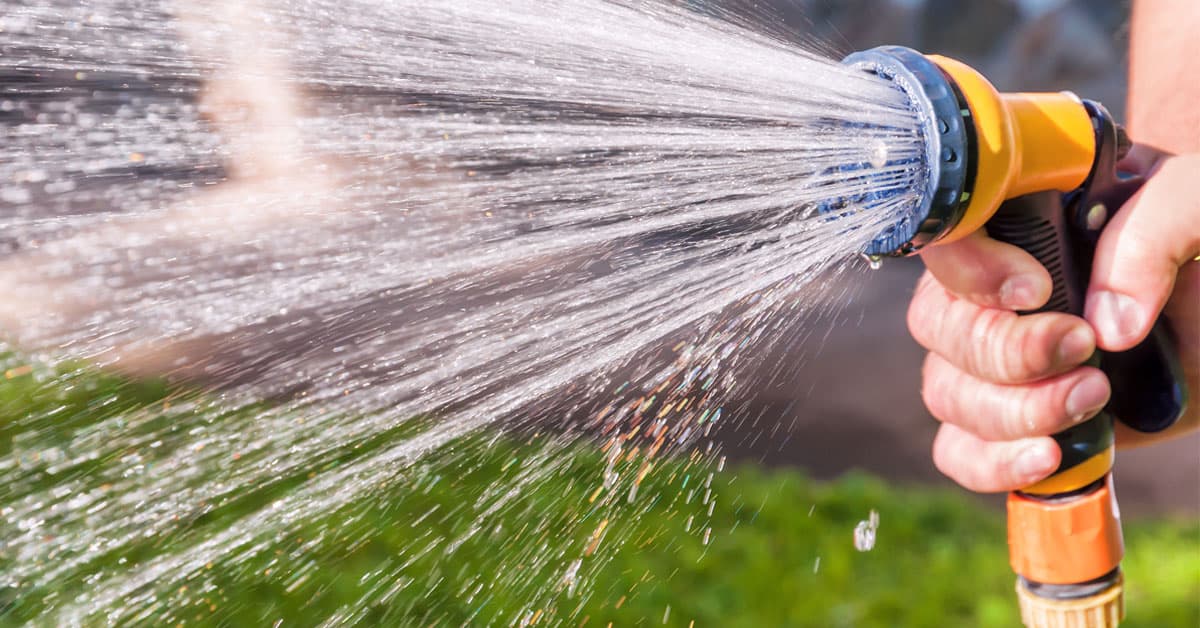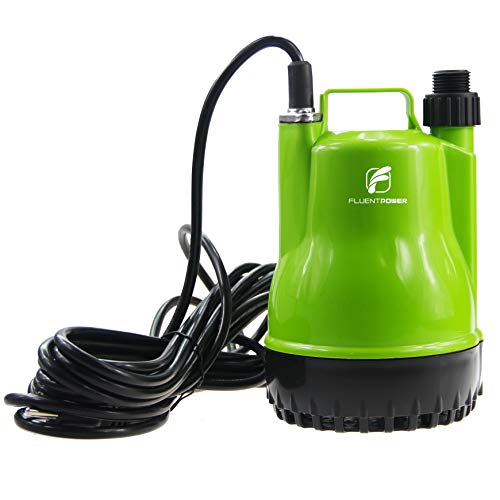We have come across the article on Cleaning & Maintenance Tips for Your Home's Sump Pump below on the net and decided it made perfect sense to write about it with you on this site.

Sump pumps are critical parts in many homes, especially in locations vulnerable to flooding or excessive moisture. They aid protect against water damage by efficiently getting rid of excess water from cellars or crawl spaces. However, like any other appliance, sump pumps need routine maintenance to ensure they operate effectively when needed the most. Cleansing your sump pump is a crucial part of its upkeep, and understanding exactly how to do it properly can save you from expensive repairs and potential catastrophes.
Intro
Preserving a tidy sump pump is vital for its correct performance and long life. Disregarding this essential task can result in obstructions, breakdowns, and eventually, water damage to your building. For that reason, discovering how to cleanse a sump pump is crucial for property owners who count on these tools to maintain their cellars completely dry and secured.
Signs of a Dirty Sump Pump
Understanding when your sump pump needs cleansing is important for stopping possible malfunctions. Some usual indicators that show an unclean sump pump consist of unusual noises during operation, lowered water circulation, and noticeable particles in the pit. If you notice any of these symptoms, it's essential to cleanse your sump pump without delay to prevent any kind of further issues.
Getting ready for Cleaning
Prior to you start cleansing your sump pump, it's important to take some safety and security preventative measures. Beginning by turning off the power to the pump to stay clear of any electrical mishaps. In addition, use proper safety gear, such as gloves and goggles, to protect yourself from dust, debris, and prospective virus.
Understanding the Sump Pump
Prior to diving into the cleaning procedure, it's important to have a standard understanding of how a sump pump functions. Commonly mounted in a pit or container listed below the basement flooring, a sump pump consists of numerous essential components, including a pump, a float button, and a discharge pipe. When water gathers in the pit, the float button turns on the pump, which after that pumps the water out via the discharge pipe, away from the building's foundation.
Detailed Overview to Cleaning Up a Sump Pump
Turning off the Power
Begin by detaching the power supply to the sump pump to prevent any type of crashes while cleaning.
Looking For Correct Performance
Prior to re-installing the pump, do a quick examination to guarantee that the float switch turns on the pump appropriately. Pour some water right into the sump pit and observe the pump's procedure. If everything is working appropriately, you can rebuild the pump and reconnect the power supply.
Eliminating Debris and Dirt
Utilize a bucket or a scoop to remove any noticeable debris, dust, or sediment from the sump pit. Dispose of the particles correctly to prevent it from obstructing the pump or the discharge pipe.
Cleansing the Pump and Float Change
As soon as the pit is clear of debris, carefully eliminate the pump from the pit. Inspect the pump and the float switch for any indications of damages or wear. Make use of a soft brush or towel to cleanse the surface areas and remove any kind of gathered crud.
Flushing the System
After cleaning up the pump and float switch, flush the sump pit with clean water to remove any remaining dirt or sediment. This will help guarantee that the pump operates smoothly and effectively.
Maintenance Tips to Maintain Your Sump Pump Clean
Along with periodic cleaning, there are numerous maintenance pointers you can comply with to maintain your sump pump in ideal problem:
Final thought
Cleaning your sump pump is a vital element of its maintenance and makes sure that it operates efficiently when you need it one of the most. By complying with the steps laid out in this guide and integrating routine maintenance into your regimen, you can extend the lifespan of your sump pump and protect your home from water damages.
6 STEPS ON HOW TO CLEAN A SUMP PUMP PROPERLY
UNDERSTANDING SUMP PUMPS
Your sump pump plays a crucial role in protecting your home by managing and removing excess water. It primarily functions as a “shield”, guarding your basement against the damaging effects of water accumulation. The pump is housed in a sump pit in the lowest part of your basement, and its job is to pump out any water that collects there.
During heavy rainfalls or when snow melts rapidly, water can infiltrate your basement, posing potential risks like flooding, structural damage, and harmful mold growth. Here, the sump pump springs into action, pumping out the intruding water and directing it away from your home.
SAFETY FIRST
Before cleaning, remember to prioritize safety. Disconnect the sump pump from the power source to prevent any accidental electric shocks. Also, wear sturdy gloves to protect your hands from any sharp or dirty components within the pump.
REMOVE THE SUMP PUMP
After ensuring your safety, the next step is to remove the sump pump from its pit. Doing this might require careful maneuvering as you don’t want to damage any pump components. Once removed, clean the sump pit to remove any accumulated debris or sludge.
INSPECT THE PUMP
Inspect the pump for any visible signs of wear or damage. Check the power cord, float switch, and impeller housing. If any components look worn out or damaged, consider replacing them to ensure optimal performance.
CLEAN THE PUMP
Thoroughly clean the pump with warm, soapy water. Make sure to rid it of any dirt, gravel, or other debris that might impede its performance. You can use a toothbrush to clean the small, hard-to-reach parts of the pump.
REINSTALL THE SUMP PUMP
Reinstall the pump into the sump pit Make sure it’s positioned correctly to remove the water effectively Once it’s back in place, reconnect it to the power source TEST THE PUMP
Finally, pour some water into the pit to ensure the pump works correctly. It should start automatically and begin pumping out the water; if it doesn’t, check the power source and the positioning of the pump.
Remember, while cleaning your sump pump is an essential part of home maintenance, hiring a professional plumber for a thorough inspection and cleaning at least once a year is also important. This will ensure that your pump is in optimal condition, ready to protect your home from potential water damage.
BEST PRACTICES FOR CLEANING SUMP PUMP DISCHARGE PIPES
Regular Inspection: Regularly inspect your discharge pipes, especially during heavy rainfall or snowmelt periods. Look for any signs of blockage or damage. Early detection of problems can prevent serious issues down the line. Periodic Cleaning: Over time, sediment and debris can accumulate in the discharge pipes, impeding the flow of water. Regular cleaning helps keep the pipes clear and functioning efficiently. You can use a high-pressure water jet to effectively clean the pipes. Insulation During Winter: In colder climates, discharge pipes can freeze, blocking the outflow of water. Protect your discharge pipes from freezing temperatures by insulating them with foam pipe insulation. This will ensure the sump pump can continue to discharge water even in freezing conditions. Proper Positioning: The discharge pipe should be positioned to direct water away from your home’s foundation. Improper positioning can lead to water seeping back into the basement. Ensure the pipe is long enough and angled correctly. Installation of a Check Valve: A check valve prevents water from flowing back into your sump pit after the pump has pushed it out. Installing a check valve helps maintain the efficiency of your sump pump and reduces the risk of flooding. Minimize Pipe Turns: Every curve or turn in the discharge pipe can decrease the efficiency of water flow. By minimizing turns and bends in your discharge pipe, you can increase the efficiency of your sump pump. https://www.fullspeedplumbing.com/how-to-clean-a-sump-pump-properly9999/

I found that content on Cleaning & Maintenance Tips for Your Home's Sump Pump when browsing the search engines. Appreciated our content? Please share it. Let others check it out. Thank you so much for going through it.
Call Today